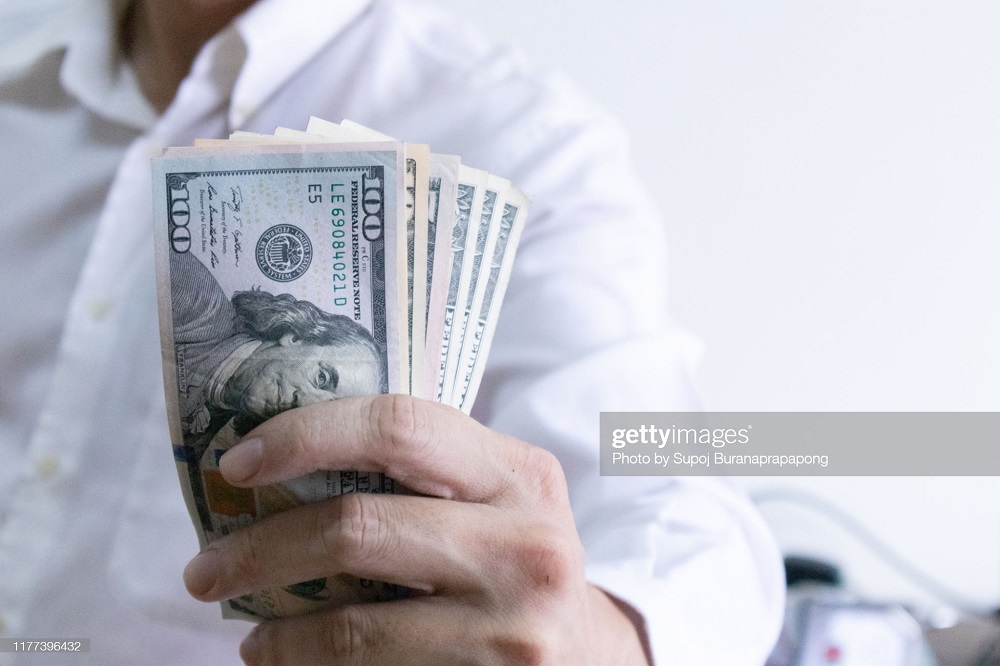What are the prospects for USD in 2022?
The last few years have not seen a clear directional trend in the dollar. Last year, the dollar rose in the region of 5% in trade-weighted terms but that just cancelled out the bulk of the fall that we had seen in 2020.

History tends to suggest that the prerate hike period can lift the dollar but, once rate hikes start the dollar slips back, particularly if the pace of rate hikes is no more than anticipated.
In fact, if you right back over the past 7-8 years there’s not been much of a trend in the dollar against other developed currencies. Could 2022 break the mould?
Mr. Steve Barrow, Head of Standard Bank G10 Strategy, said: “The recent trend of dollar strength to persist some way into 2022 but doubt that the year as a whole will be counted as a positive one for the dollar. In the first few months, we are likely to see expectations around Fed policy continue to have a key role. We expect the Fed to start lifting rates in Q2 and, with headline inflation easing down, real (inflation adjusted) rates should rise and the gap with real foreign policy rates grow, particularly when it comes to the likes of the ECB, BoJ and SNB. All these factors could aid the dollar and prompt a slide into the 1.05-1.10 region for euro/dollar with sterling possibly ducking down into the 1.25-1.30 range”.
History tends to suggest that the prerate hike period can lift the dollar but, once rate hikes start the dollar slips back, particularly if the pace of rate hikes is no more than anticipated. This might seem odd but we have to bear in mind that rate-hike cycles usually reflect the fact that the US economy is getting stronger and this can create positive sentiment for global growth and better returns for global risk assets.
Mr. Steve Barrow also sees this in reverse because bouts of severe stress that force the Fed to ease quickly are usually associated with dollar strength. All this being said, the difference this time around is the fact that the Fed pushing rates higher is more to do with inflation running amok than surging growth. Hence the dynamic is different to that seen in prior cycles and not just for the US as inflation is elevated elsewhere. This could possibly produce a stronger dollar than we see in prior cycles as there’s an increased threat of heightened global caution resulting from the difficulty of getting inflation under control. “This is not our base case, and hence we lean to the view that once the Fed’s rate hikes start flowing, the dollar is more likely to give back the gains that it has made in the past year, or so”, Mr. Steve Barrow stressed.

The outlook for monetary policy will be a key factor for the dollar this year, but clearly not the only one. A number of political and geopolitical influences could materialise, perhaps bookmarked by Russia/Ukraine tensions early in the year and the US mid-term elections later in 2022. In Mr. Steve Barrow’s view, the former could provide some support to the dollar, particularly against European currencies, while the latter may be more likely to weigh on the greenback. Russian incursion into Ukraine would likely produce heightened risk aversion and it is this scenario that could produce a slide in euro/dollar to the lower end of our 1.05-1.10 target range in the early months of 2022. The risk around the US mid-term elections in early November would seem to revolve around the likelihood that the Democrats will lose their majority, at least in the Senate if not in the House as well. This outcome could be troubling to the dollar should Biden fail to get his Build Back Better bill through Congress before the elections and could be doubly problematic if poor results for the Democrats appear to lift the chances of a return for Donald Trump in the 2024 presidential election.
“If we add these risks to our earlier comments about the monetary policy outlook, we think it is likely to mean that the dollar will slide for much of 2022, ending the year around 1.25 against the euro, 1.45 to the pound and 105 against the yen. There could be bigger gains for ‘riskier’ G10 currencies if much of 2022 sees – yet another – recovery from the latest Covid wave allied to a benign tightening cycle for the Fed. The Australian dollar, for instance, could easily scale 80 cents with the Canadian dollar set for 1.15 by the end of 2022”, Mr. Steve Barrow forecasted.








